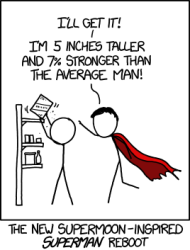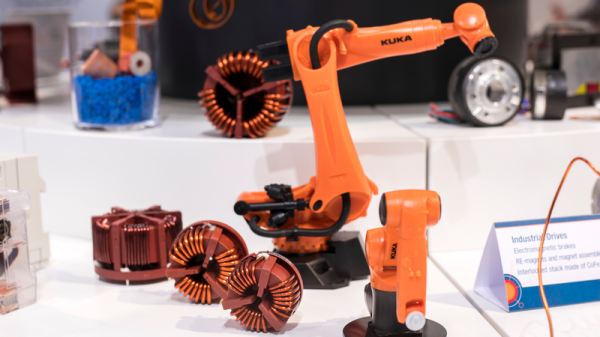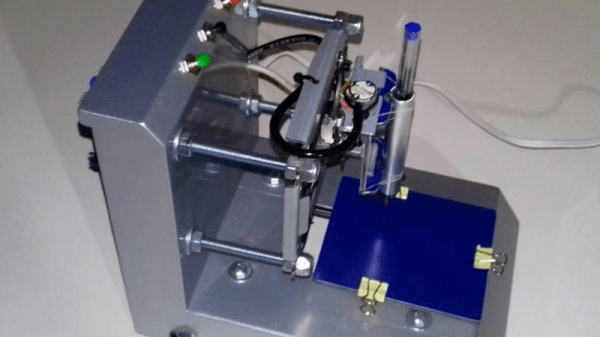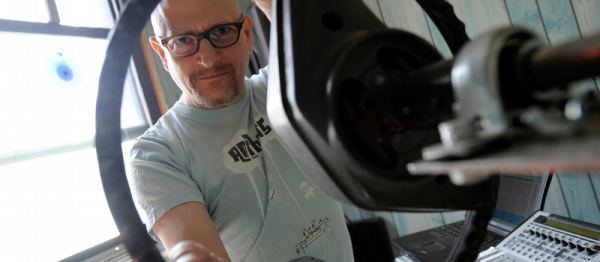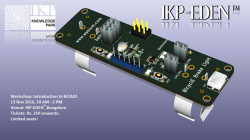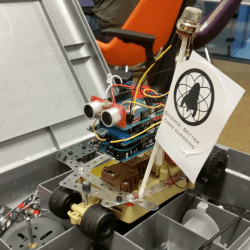Micro-what? Microfluidics! It’s the field of dealing with tiny, tiny bits of fluids, and there are some very interesting applications in engineering, biology, and chemistry. [Martin Fischlechner], [Jonathan West], and [Klaus-Peter Zauner] are academic scientists who were working on microfluidics and made their own apparatus, initially because money was tight. Now they’ve stuck to the DIY approach because they can get custom machinery that simply doesn’t exist.
In addition to their collaboration, and to spread the ideas to other labs, they formed DropletKitchen to help advance the state of the art. And you, budding DIY biohacker, can reap the rewards.
In particular, the group is focused on droplet microfluidics. Keeping a biological or chemical reaction confined to its own tiny droplet is like running it inside its own test-tube, but because of the high rate at which the droplets can be pumped out, literally millions of these test-tubes are available. Want to grow hundreds of thousands of single cells, each in their own environment? Done.
The DropletKitchen kit includes an accurate pump system, along with high-speed camera and flash setups to verify that everything’s working as it should. Everything is open-source, and a lot of it is 3D-printable and written in OpenSCAD so that it’s even easy to modify to fit your exact needs. You just need to bring the science.
This is a professional-grade open source project, and we’re excited to see it when academics take a turn toward the open. Bringing cutting edge processing technologies within reach of the biohacker community is a huge multiplier. We can’t wait to see what comes out of this.



